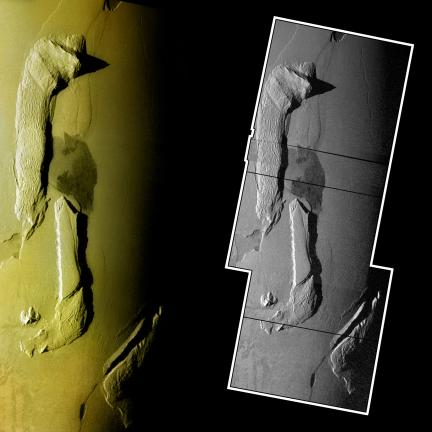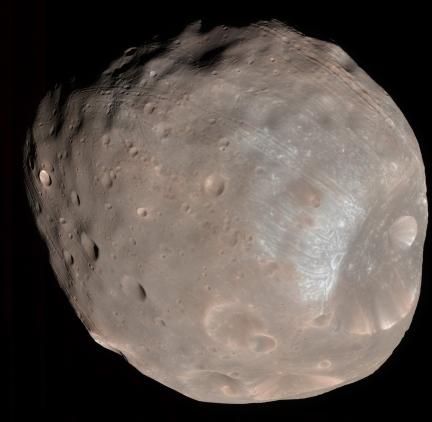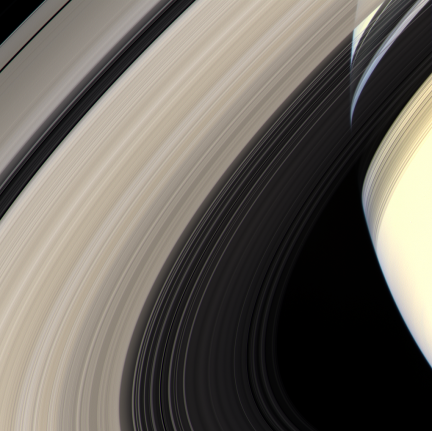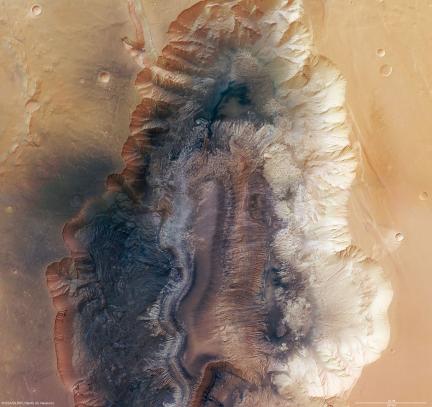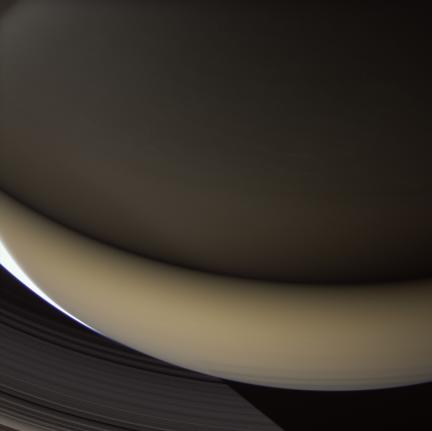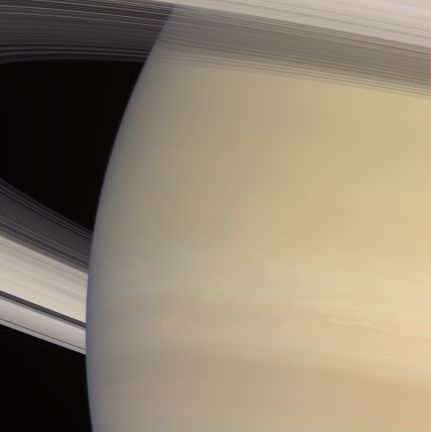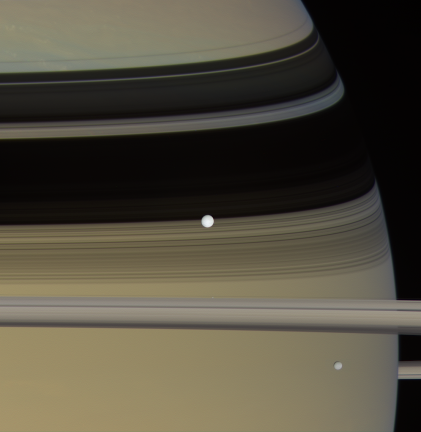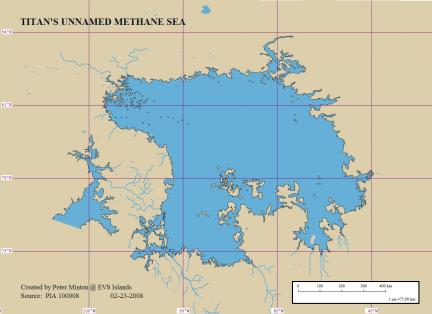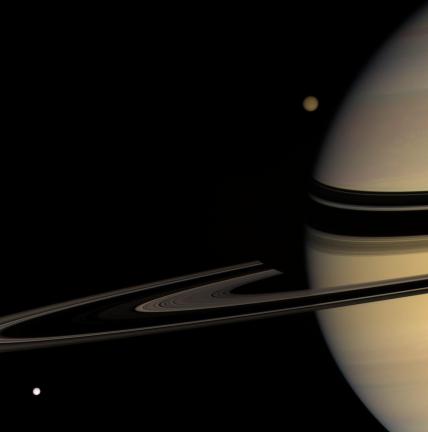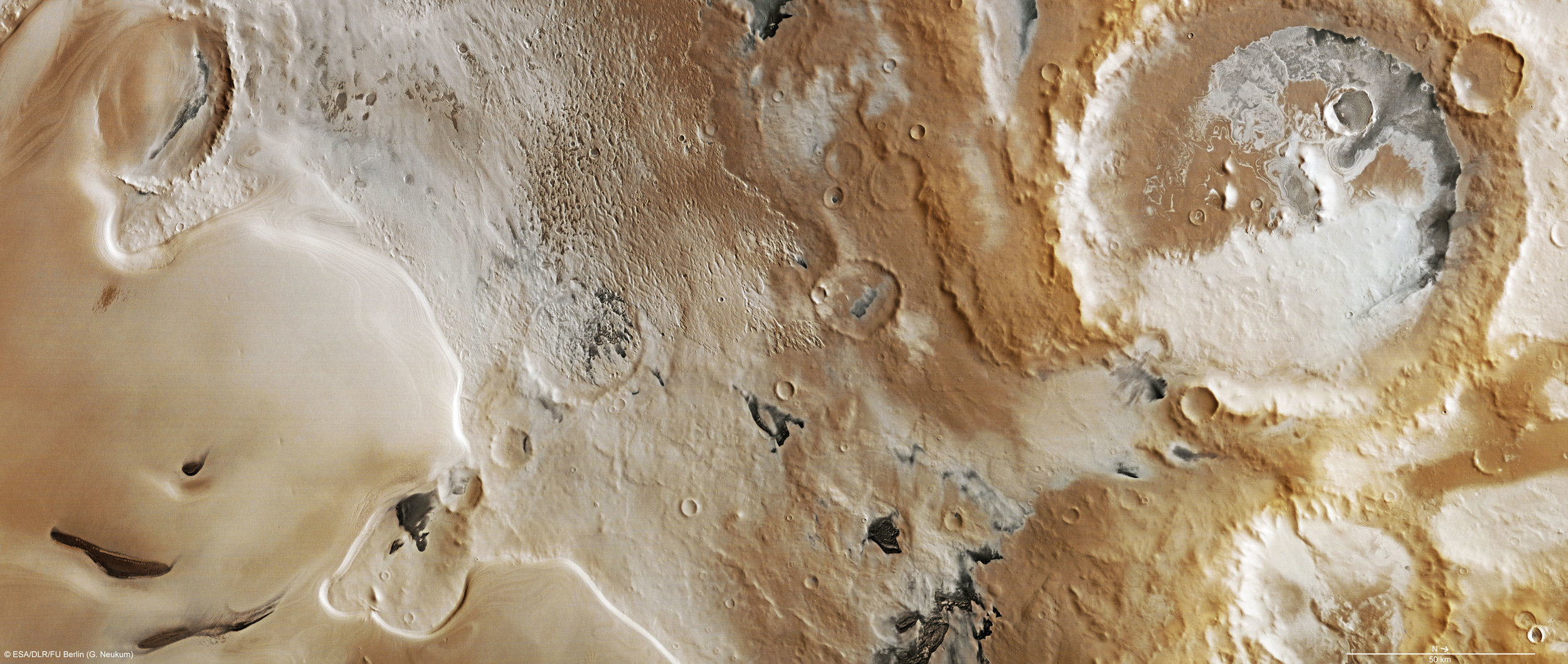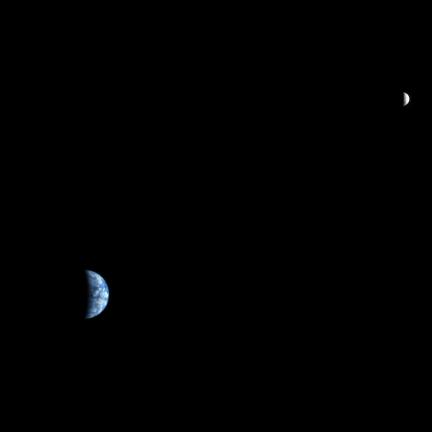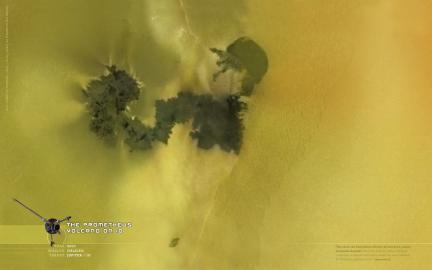 Jason Perry has been featured here a whole bunch lately as he has been uploading newly processed Galileo images nearly every week (not to mention the recent New Horizons set). Some of these images would make great wallpaper displays, but the only issue with some are missing data regions and the noise that is common with hires images from the Galileo mission. Wanderingspace has attempted to artistically replace and clean of few of these images and will be posting the results of these for the next few days.
Jason Perry has been featured here a whole bunch lately as he has been uploading newly processed Galileo images nearly every week (not to mention the recent New Horizons set). Some of these images would make great wallpaper displays, but the only issue with some are missing data regions and the noise that is common with hires images from the Galileo mission. Wanderingspace has attempted to artistically replace and clean of few of these images and will be posting the results of these for the next few days.
The region shown is the most famous of Io’s active volcanoes Prometheus. Normally we see this volcano at the edge of Io’s limb to view the plume clearly on profile, but here Galileo views this very active region from above during a flyby on orbit #27. The reddish haze surrounding the area is either the plume itself jettisoning materials or could also be deposits lying on the ground – perhaps Jason will comment and clarify.
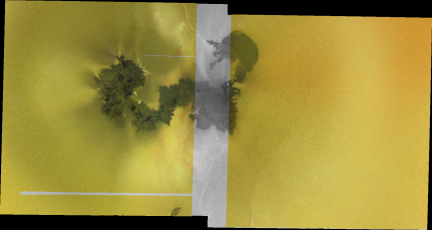
The above image is the Jason Perry original and the missing color information is apparent (only the green channel was provided from the mission). The noise at this scale is less apparent but much more visible on the hires version. It is important to note that the wallpaper version is an artistic attempt at cleaning and replacing the missing data and is meant for display viewing not science!
IMAGE NOTE: As stated above – the missing color data was colorized in the region it was missing and some of the thin strips of missing color data was simply replaced with new image information. You can also see areas at the edges of the composition that were filled with duplicate image data to fill the wallpaper frame most notably at top right and bottom left. The remainder of the image is original except for the noise reduction provided by Photoshop.
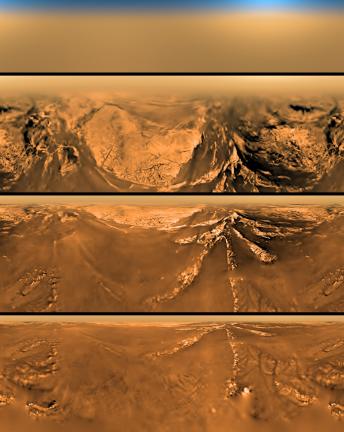 Best compilation of Titan colorized descent images I have seen yet from NASA. I do suspect the actual color of Titan - on the ground - would look less metallic than these do. All the color seen here is based upon educated guesses and applied over the black and white images returned by Huygens. There were no real color images taken by Huygens during descent.
Best compilation of Titan colorized descent images I have seen yet from NASA. I do suspect the actual color of Titan - on the ground - would look less metallic than these do. All the color seen here is based upon educated guesses and applied over the black and white images returned by Huygens. There were no real color images taken by Huygens during descent.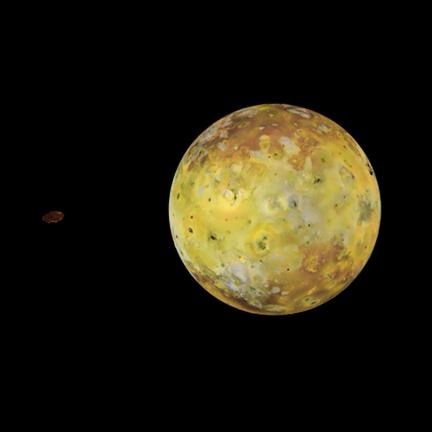
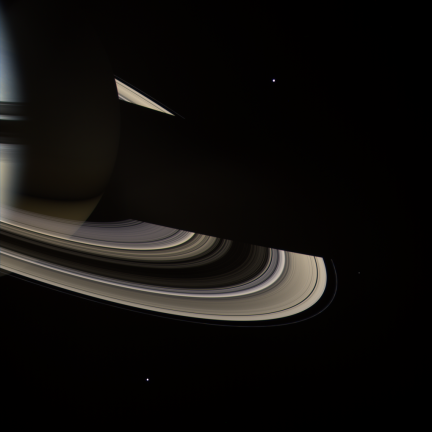
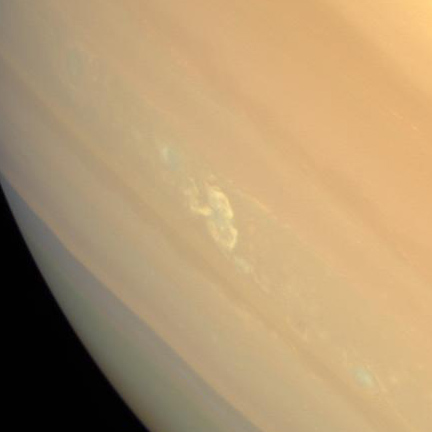 See
See 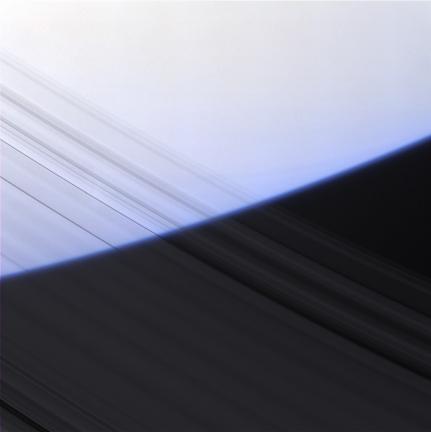
 Getting ready for the next Martian visitor!
Getting ready for the next Martian visitor!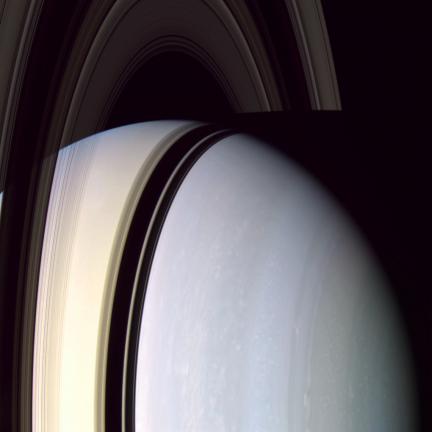



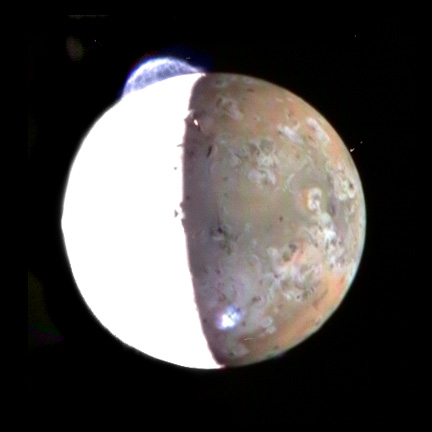 The reason the left side is so blown out is due to the fact that the image was overexposed for Jupitershine and New Horizons cameras were designed for low light at Pluto which is ideal for observing the moons of Jupiter by light reflected off their host planet. However, doing this results in the total overexposure of the side lit by the Sun.
The reason the left side is so blown out is due to the fact that the image was overexposed for Jupitershine and New Horizons cameras were designed for low light at Pluto which is ideal for observing the moons of Jupiter by light reflected off their host planet. However, doing this results in the total overexposure of the side lit by the Sun.